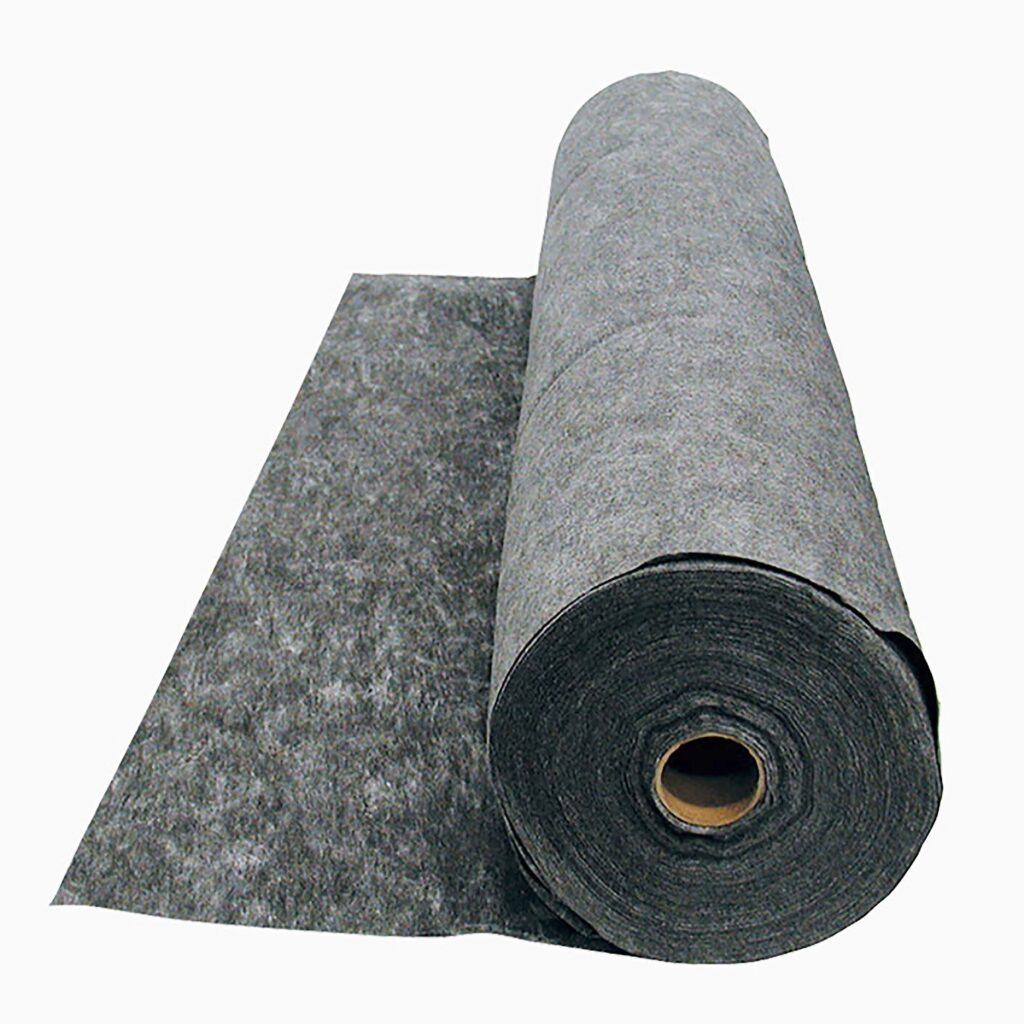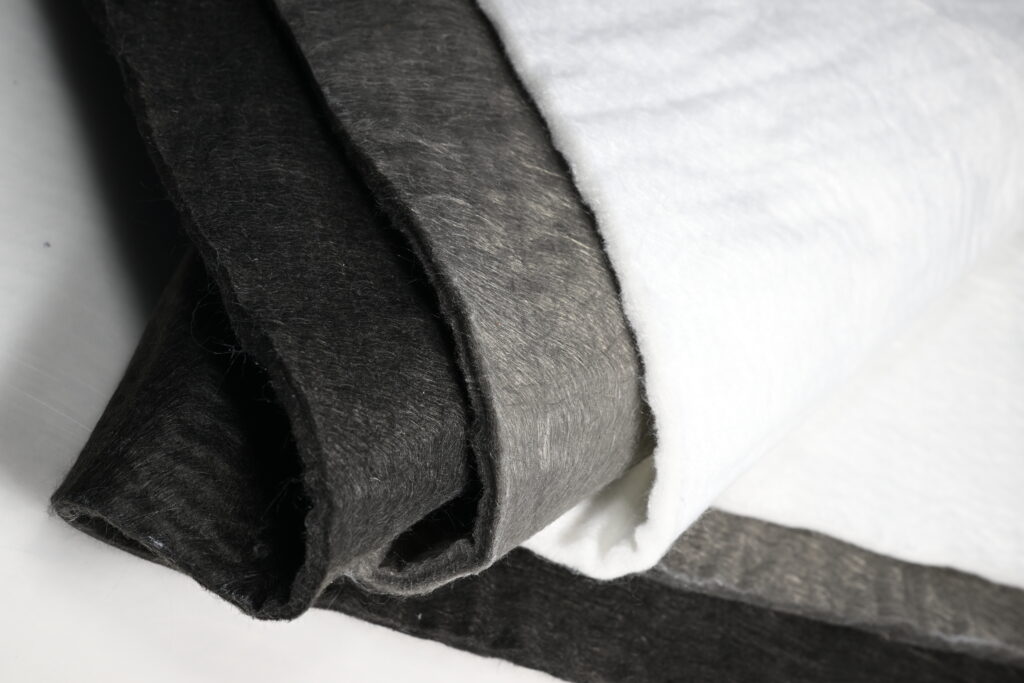What is a geotextile wall?
A geotextile wall refers to a type of retaining wall construction that utilizes geotextile materials as a key component of its structure. Geotextiles are permeable fabrics that are commonly used in civil engineering and construction projects for various applications, including erosion control, soil stabilization, and drainage.
In a geotextile wall, layers of geotextile fabric are typically used to reinforce the soil and provide stability to the structure. These walls are often constructed by layering soil between sheets of geotextile fabric, forming a barrier that retains the soil while allowing for water drainage. The geotextile material helps to distribute the forces exerted by the retained soil, reducing the risk of erosion and structural failure.
Geotextile walls are commonly used in a variety of settings, including highway and railway construction, shoreline protection, and landscaping projects. They offer several advantages over traditional retaining wall materials, including cost-effectiveness, ease of installation, and environmental sustainability.

What is Geotextile filter
A geotextile filter is a type of geotextile material specifically designed to allow water to pass through while preventing the movement of soil particles. It is commonly used in various civil engineering and construction applications to filter out fine particles from water and soil, thereby preventing clogging, erosion, and other issues.
Geotextile filters are typically made from synthetic materials such as polyester or polypropylene, although natural fibers can also be used in some cases. They are characterized by their high permeability, strength, and durability, which allow them to withstand the forces exerted by water and soil without degrading over time.
In construction and environmental engineering projects, geotextile filters are often used in drainage systems, erosion control measures, and sediment retention structures. For example, they may be placed around perforated pipes in subsurface drainage systems to prevent soil particles from entering and clogging the pipes while allowing water to flow freely.
Overall, geotextile filters play a crucial role in improving the performance and longevity of various civil engineering structures by maintaining proper drainage and filtration of water and soil.

Does geotextile fabric stop water?
Geotextile fabric itself does not typically stop water completely. Instead, it allows water to pass through while restricting the movement of soil particles. Geotextiles are designed to be permeable, meaning that water can flow through them. However, they serve to filter out fine particles from the soil and prevent them from being washed away, which helps to maintain the stability and integrity of structures like retaining walls, embankments, and drainage systems.
The permeability of geotextile fabric allows water to drain through while retaining soil particles. This property is beneficial in various civil engineering and construction applications where proper drainage is essential to prevent erosion, maintain stability, and manage water flow. Geotextiles are often used in conjunction with drainage systems, such as alongside perforated pipes, to help facilitate water drainage while preventing soil movement and clogging.
In summary, while geotextile fabric does not stop water, its permeable nature allows water to pass through while effectively filtering out soil particles, making it a valuable component in many construction and engineering projects.

